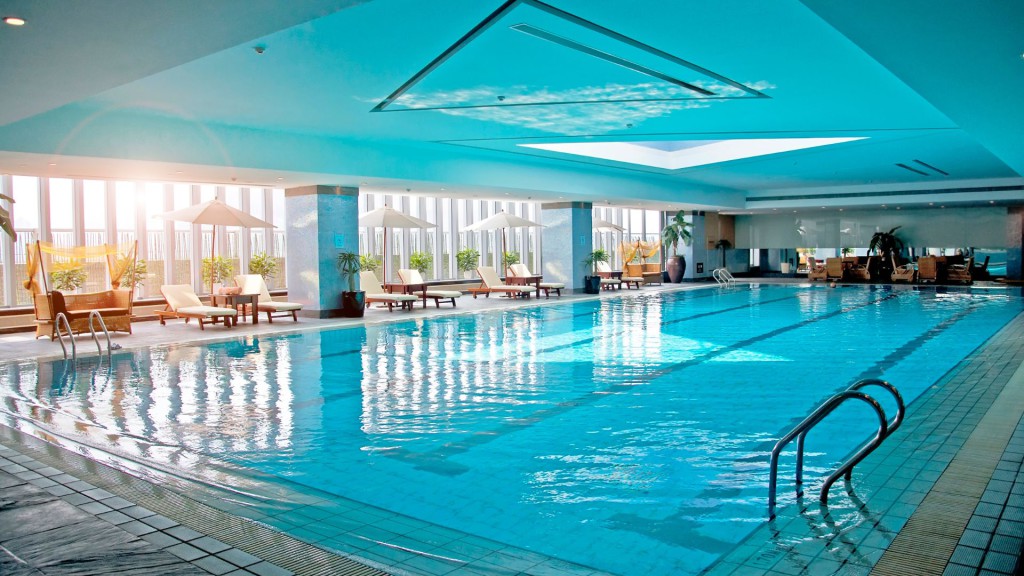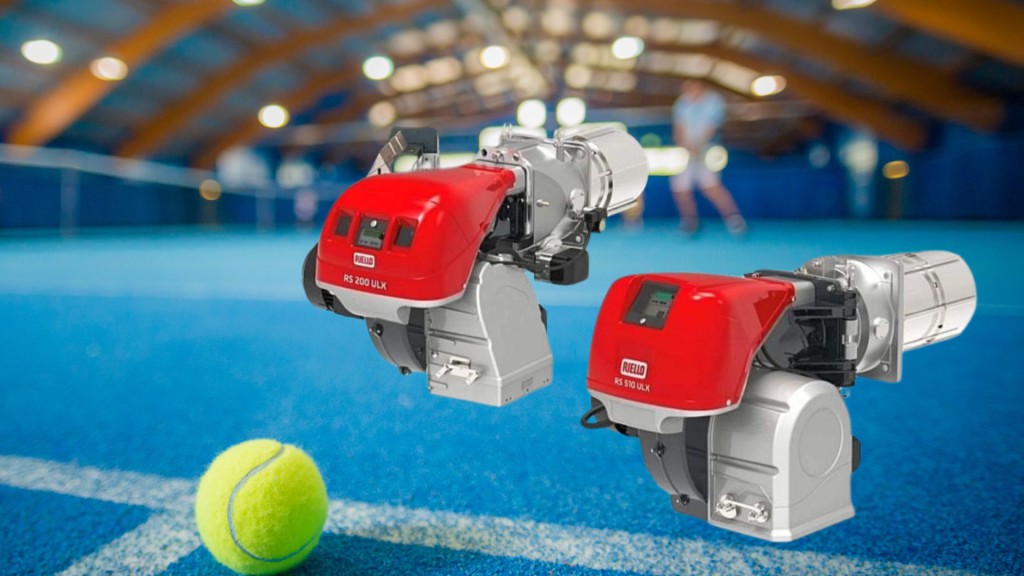Optimising energy efficiency in leisure facilities

Leisure centres, spas, and swimming pools are among the most energy-intensive facilities to operate says Graham Barker, Sales & Service Director, Riello Burners.
Heating water for pools, saunas, and steam rooms, as well as maintaining comfortable air temperatures, places a significant demand on energy resources. With rising operational costs and increasing regulatory pressure to reduce emissions, leisure facility managers are feeling the pressure to look towards smarter, more efficient heating solutions.
One key area that is often overlooked is the choice of burner technology. Traditional heating systems often struggle to balance energy consumption with performance, leading to inefficiencies that increase costs and carbon footprints. However, the integration of high-performance burners, can help leisure facilities make steps to improve energy efficiency, sustainability, and cost-effectiveness.
Reducing energy use with targeted combustion control
Modern burners can incorporate combustion head technology intended to reduce energy losses by improving how fuel and air are mixed. Some designs include staged air introduction and internal flue gas recirculation to help manage emissions. By maintaining a stable air-fuel ratio – often through independently regulated on-board servomotors with electronic cam controls – burners may curb unnecessary fuel consumption and moderate operating costs.
For facilities that maintain continuous heating (e.g., pools, spas), this approach can contribute to more consistent water and air temperatures by helping to avoid sharp increases in energy use. Actual results may vary depending on factors such as equipment condition, operational practices, and facility size.
Managing operational costs
Certain burner models offer variable speed fans and oxygen trim systems, allowing real-time adjustments of combustion parameters. When properly installed and maintained, these features can lower excess air levels during operation, potentially decreasing electricity use and mechanical strain on the system’s motor. Over time, this may also reduce noise and extend equipment lifespan.
Because many leisure facilities operate within strict budget constraints, burners designed to minimise regular maintenance may help lower service expenses and downtime. Actual maintenance outcomes depend on adherence to recommended servicing schedules and overall system usage.
Hydrogen-ready burners for long-term planning

With the possibility of hydrogen blends entering the UK’s natural gas supply, some burner series (including certain Riello models) are certified to operate on up to 20% hydrogen. This certification is intended to simplify future compliance if regulations or industry practices move toward higher hydrogen content. In some cases, however, additional modifications could be required if hydrogen levels exceed the certified threshold. Facility managers may wish to assess this option in light of potential regulatory developments or strategic planning goals.
Addressing regulatory requirements
In response to stricter air quality standards – particularly in densely populated or environmentally sensitive areas – Riello’s ULX burners are specifically engineered to achieve NOx emissions as low as 30 mg/kWh.
This design feature may reduce or eliminate the need for post-combustion abatement measures in settings where NOx limits are tightly regulated. For facilities subject to local emissions rules, selecting a burner with established low-NOx performance can support compliance and help maintain air-quality standards.
Real-world emissions can vary based on factors including installation quality, system tuning, and ongoing maintenance.
A practical approach to heating leisure facilities
Riello’s range of hydrogen-ready and low-NOx burners is designed for facilities – including sports and leisure centres – that anticipate stricter emissions requirements and possible future shifts in fuel composition.
These burners feature advanced combustion controls and flexible fuel compatibility, which may help improve heating efficiency under appropriate operating and maintenance conditions. Actual results will vary based on factors such as system design, usage patterns, and adherence to recommended servicing intervals.







